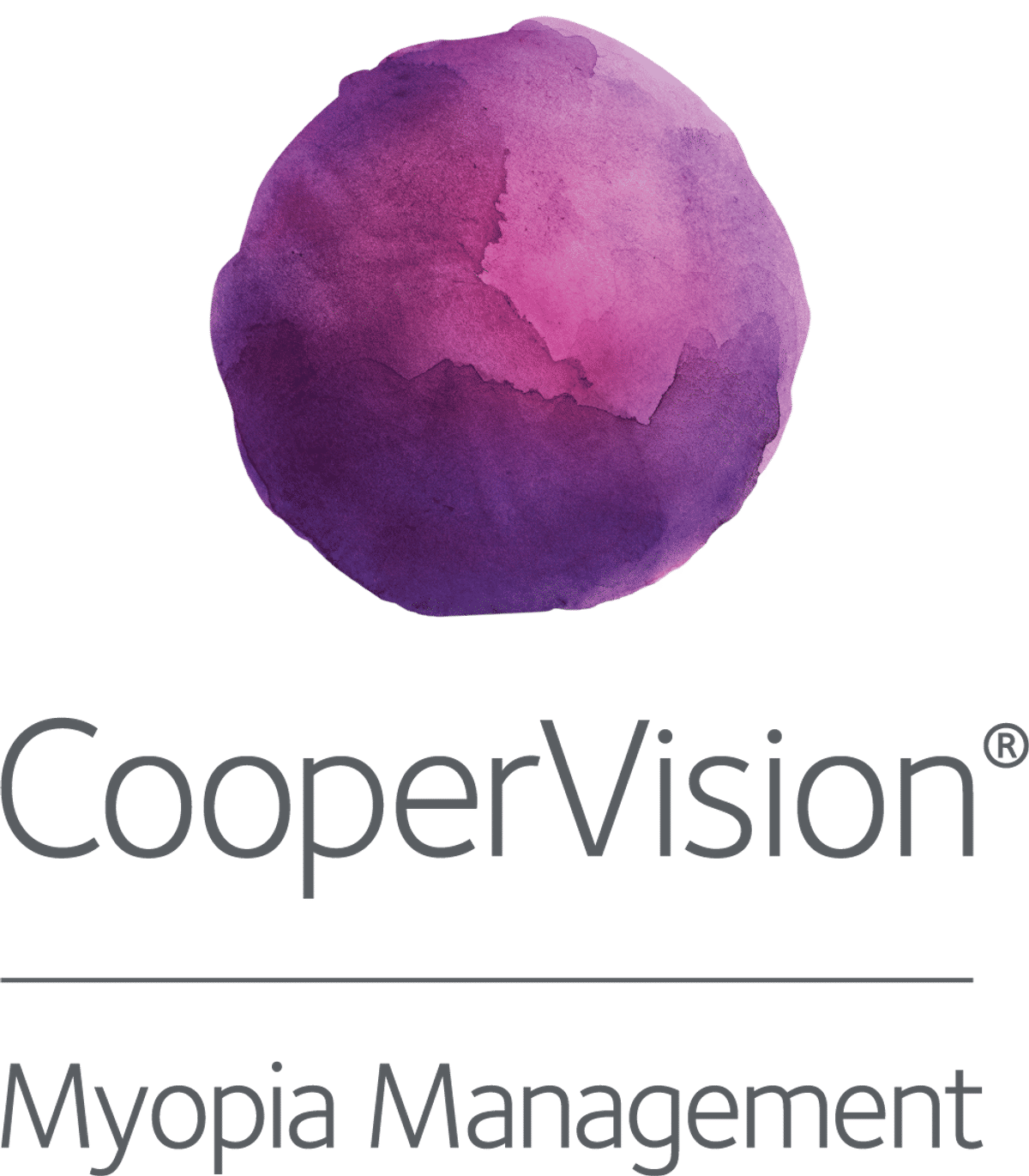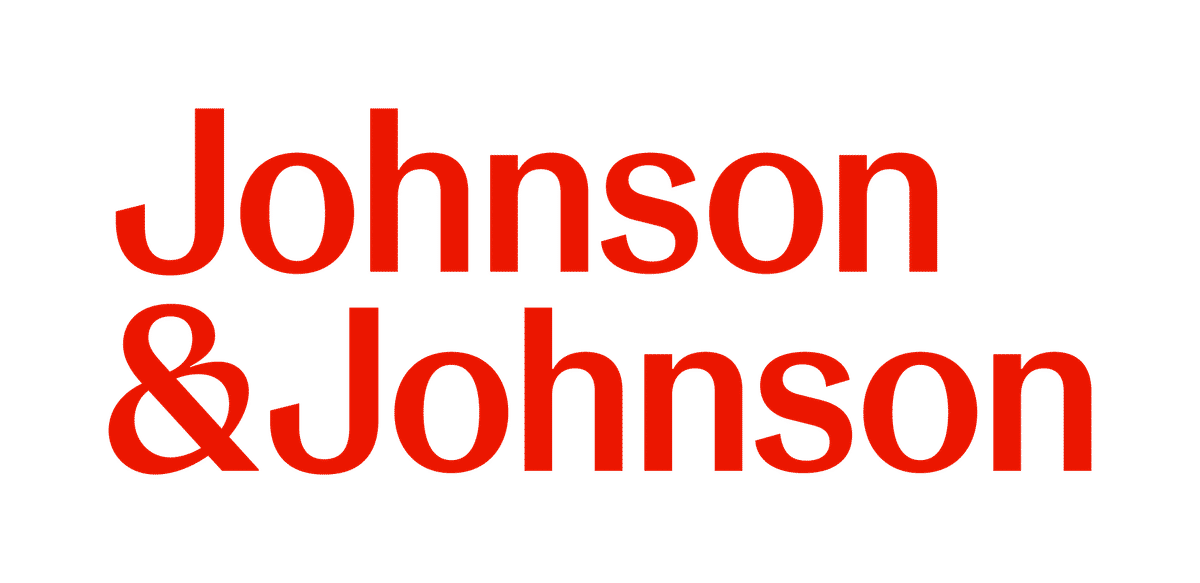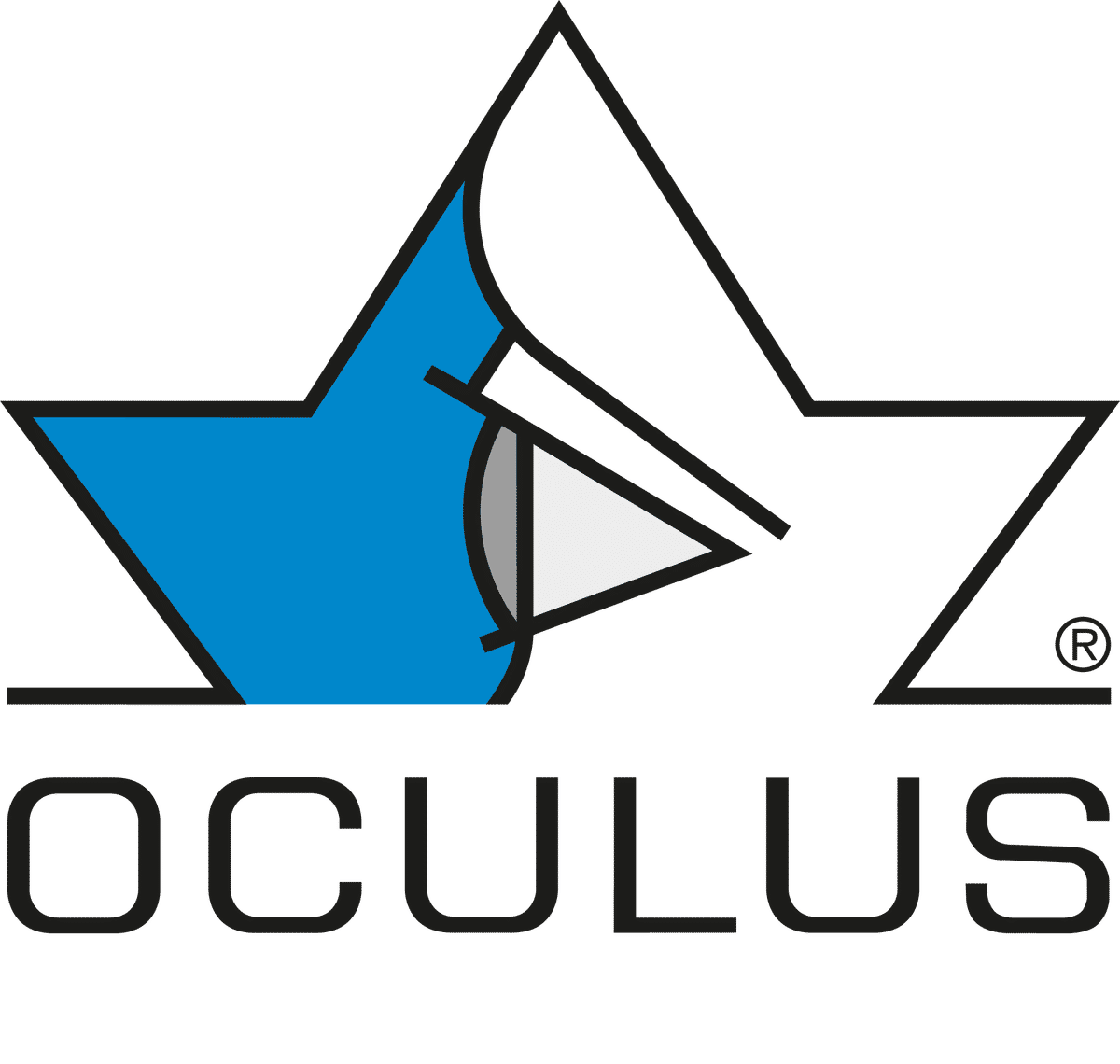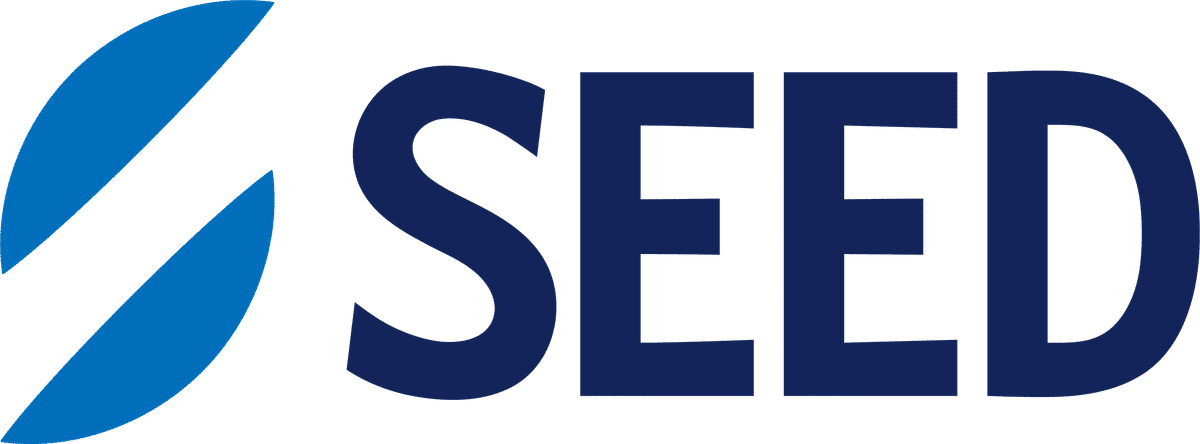Science
How HAL and OK Lenses Compare Over Two Years

In this article:
This study compared the efficacy of highly aspherical lenslet (HAL) spectacle lenses and orthokeratology (OK) lenses for controlling low and moderate myopia in children aged 8-13 years. HAL lenses were more effective overall across 2 years in slowing axial elongation for younger children (8-10 yrs) than OK lenses (by around 0.06mm), especially for those with low myopia (up to 3D). Younger children with moderate (3-6D) myopia, though, achieved better from OK. Over 2 years, both treatments had similar effects in older children aged 11-13 yrs, and OK lenses provided better control for moderate myopia (by 0.085mm).
Paper title: Comparison of two-year myopia control efficacy between spectacle lenses with highly aspherical lenslets and orthokeratology lenses
Authors: Liu Q (1), Chen Y (1), Feng Y (1), Zhang S (1), Mao X (1), Xu J (2)
- State Key Laboratory of Ophthalmology, Optometry and Vision Science, Eye Hospital, Wenzhou Medical University, Wenzhou, China; National Engineering Research Center of Ophthalmology and Optometry, Eye Hospital Wenzhou Medical University, Wenzhou, China.
- State Key Laboratory of Ophthalmology, Optometry and Vision Science, Eye Hospital, Wenzhou Medical University, Wenzhou, China; National Engineering Research Center of Ophthalmology and Optometry, Eye Hospital Wenzhou Medical University, Wenzhou, China.
Date: Published online January 16, 2025
Reference: Liu Q, Chen Y, Feng Y, Zhang S, Mao X, Xu J. Comparison of two-year myopia control efficacy between spectacle lenses with highly aspherical lenslets and orthokeratology lenses. Cont Lens Anterior Eye. 2025 Jan 16:102376. doi: 10.1016/j.clae.2025.102376.
Summary
Orthokeratology (OK) and highly aspherical lenslet (HAL) spectacle lenses are widely used for myopia control. Many studies have examined their individual efficacy, but few have compared their effectiveness in slowing myopia progression. This study aimed to clarify the comparative effectiveness of HAL and OK lenses in controlling myopia progression by retrospectively analysing axial length changes over one and two years in children aged 8–13. Medical record data for 1683 children fit with HAL and OK at the Affiliated Eye Hospital of Wenzhou Medical University were analysed according to age (younger, 8-10yrs and older, 11-13yrs) and by myopia severity (low, -0.50 to -3.00D and moderate, -3.00 to -6.00D). Axial length (AL) changes were assessed over one- and two-years using t-tests and multiple linear regression.
For younger children (8–10 years):
- HAL lenses showed significantly less AL elongation than OK lenses at both one-year (HAL: 0.16 ± 0.19 mm; OK: 0.22 ± 0.17 mm) and two-year follow-ups (HAL: 0.32 ± 0.27 mm; OK: 0.37 ± 0.24 mm).
- In the low myopia subgroup, AL elongation was consistently slower in the HAL group than in the OK group at each follow up, being 0.126mm less at two years.
- In the moderate myopia subgroup, the two-year AL elongation was slower in the OK group by 0.08mm, with no significant difference was observed at one year.
For older children (11–13 years):
- No significant differences were observed in AL elongation between the HAL and OK groups overall, at either one-year or two-year follow-ups.
- In the low myopia subgroup, AL elongation was significantly lower with HAL lenses at one year, but not at two years.
- In the moderate myopia subgroup, the OK group showed significantly slower AL elongation at two years, by 0.085mm.
AL elongation was faster with younger age and lower spherical equivalent (SE) in both groups, and slower with higher SE over one and two years in the OK group.
What does this mean for my practice?
The findings highlight that HAL lenses are a strong first-line option for early intervention. In contrast, OK lenses may provide better 2 year control in children with moderate (3-6D) myopia.
Age and baseline myopia were shown to be relevant to the extent of the control. HAL lenses show stronger efficacy in younger children with lower baseline myopia, while OK lenses performed better in moderate myopia, in both age groups. This suggests that clinicians should consider age and myopia severity when recommending treatment.
Myopia control can be enhanced with OK by reducing the treatment zones, increasing defocus and pupillary aberrations, making it a more adaptable and personalised approach. This could mean that the efficacy gained from adapting OK could at least match the efficacy of HAL lenses in younger, low-myopia patients.
What do we still need to learn?
While this study provides valuable insights into the comparative effectiveness of HAL and OK lenses, several important questions remain.
This was a retrospective cohort study and although the large cohort helps strengthen the findings, the study design means there was no control over the wearing times or fitting conditions of the HAL or OK lenses. This may introduce variability in spherical equivalent (SE) outcomes, particularly for OK lenses. Future prospective studies with controlled wearing protocols would help confirm the findings.
Given that environmental and genetic factors influence myopia progression, further research is needed to determine whether these findings from children in China hold across diverse ethnic and geographic populations.
Read more about Customising ortho-K here and about HAL lens design spectacle lenses here
Abstract
Title: Comparison of two-year myopia control efficacy between spectacle lenses with highly aspherical lenslets and orthokeratology lenses
Purpose: To compare the two-year efficacy of spectacle lenses with highly aspherical lenslets (HAL) and orthokeratology (OK) lenses in managing myopia in children.
Methods: This retrospective study examined medical records from the Affiliated Eye Hospital of Wenzhou Medical University, involving 1683 HAL users and 1192 OK users. Participants were children aged 8-13 with a refractive error of -0.50 to -6.00 D. They were divided by age into younger (8-10 years) and older (11-13 years) groups and further divided into low myopia (-0.50 to -3.00 D) and moderate myopia (<-3.00 to -6.00 D) subgroups. The participants were included in either the 1-year or 2-year follow-up group based on the length of their follow-up records. The change in axial length (AL) was compared between the HAL and OK groups using t-tests and multiple linear regression analysis.
Results: In the younger group, HALs yielded significantly slower AL elongation than did the OK lenses at both the 1-year (HAL: 0.16 ± 0.19 mm; OK: 0.22 ± 0.17 mm; p < 0.001) and 2-year follow-ups (HAL: 0.32 ± 0.27 mm; OK: 0.37 ± 0.24 mm; p = 0.009). In the older group, the AL changes did not significantly differ by lens at the 1-year (p = 0.782) or 2-year (p = 0.239) follow-up. Among the low myopia subgroup, the HAL users consistently exhibited smaller AL changes than did the OK users across all follow-ups (p < 0.05), except at the 2-year follow-up in the olders (p = 0.414). For the moderate myopia subgroup, the OK lenses yielded significantly slower AL changes at the 2-year follow-up (younger: p = 0.013; older: p = 0.01), although no significant differences were found at the 1-year follow-up (younger: p = 0.635; older: adjusted: p = 0.143).
Conclusions: HALs are significantly more effective than OK lenses in controlling AL elongation in younger children with low myopia, while both treatments show similar effectiveness in older children. For moderate myopia, OK lenses are preferred for superior long-term control.
Enormous thanks to our visionary sponsors
Myopia Profile’s growth into a world leading platform has been made possible through the support of our visionary sponsors, who share our mission to improve children’s vision care worldwide. Click on their logos to learn about how these companies are innovating and developing resources with us to support you in managing your patients with myopia.












